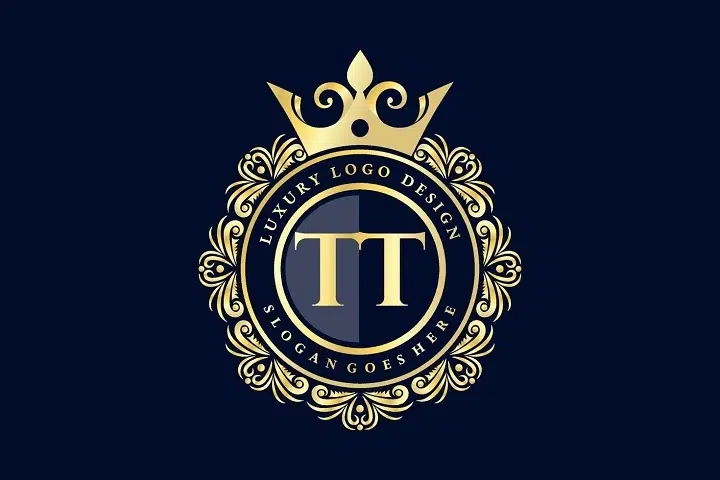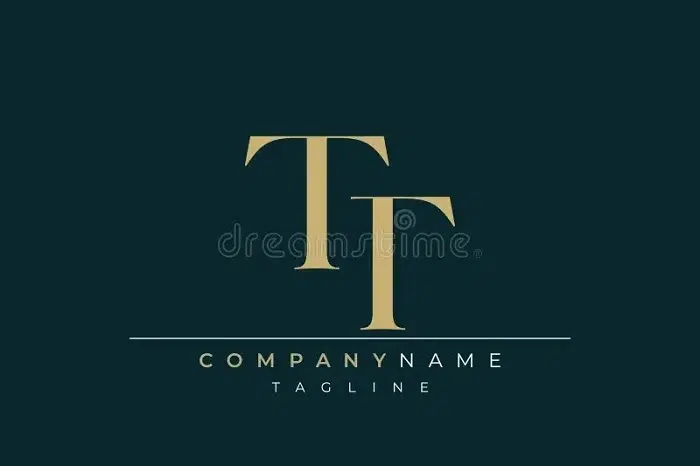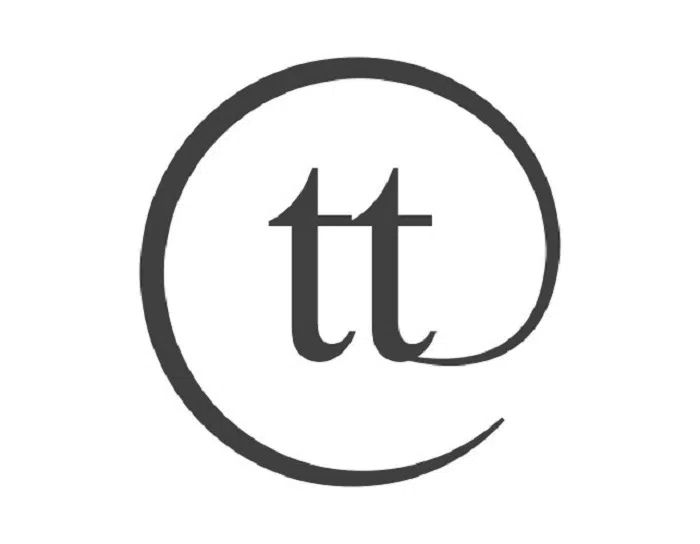The TT symbol might appear simple at first glance, but its presence across typography, digital communication, and technical references gives it a wide range of applications. Whether you’ve seen it on your keyboard, in word processors, or in font settings, the TT symbol plays a quiet yet essential role in the world of text formatting and digital content design. This guide breaks down the TT symbol, its origins, uses, and modern significance in both technical and everyday scenarios.
What is the TT Symbol?
The TT symbol, commonly represented as 𝕋𝕋 or simply TT, often appears in software interfaces to represent monospaced text or typewriter-style fonts. The letters “TT” stand for “TrueType,” a font standard developed by Apple and Microsoft in the late 1980s. This font format ensures that digital text appears consistently across different platforms and devices.
TT in Typography and Font Design
In many programs such as Microsoft Word, Google Docs, or Adobe applications, the TT icon usually indicates the option to select monospaced or fixed-width fonts. These are fonts where every character occupies the same horizontal space. Classic examples include Courier New and Consolas.
Monospaced fonts are particularly useful for:
- Writing code
- Displaying tabular data
- Creating designs that require strict text alignment
TT Symbol and TrueType Fonts
The TrueType font system was a major breakthrough in ensuring text readability and consistency. The TT symbol became the standard visual icon to indicate fonts using the TrueType format. These fonts are scalable, meaning they look smooth at any size and on any screen resolution.
Key Features of TrueType Fonts:
- Scalability without pixelation
- WYSIWYG (What You See Is What You Get) in both print and screen
- Cross-platform compatibility
Where You’ll Commonly See the TT Symbol
You might encounter the TT symbol in:
- Font dropdown menus: indicating monospaced or TrueType font options.
- Text editing software: to distinguish font categories or styles.
- Programming environments: where readability and consistent character width are critical.
In web design and HTML editors, while the TT symbol itself might not appear, developers often use <tt> tags or CSS styles like font-family: monospace; to apply the same effect.
Importance of the TT Symbol in Tech and UI
The presence of the TT symbol in user interfaces reflects its deep integration in digital workflows. Here’s why it remains vital:
Enhanced Readability in Coding
Coders and developers prefer monospaced fonts because they align code snippets uniformly. Every character taking up the same width makes it easier to scan, debug, and format code. That’s why text editors like Visual Studio Code or Sublime Text heavily rely on TT-marked fonts.
Uniform Data Presentation
When presenting tabular information or aligning elements manually in text files, monospaced fonts provide the precision needed for uniformity—something variable-width fonts cannot match.
Accessibility and Design Balance
In some creative platforms, designers use TT-labeled fonts for accessibility, ensuring better clarity for readers with dyslexia or visual impairments.
Differences Between TT, OTF, and TTF Fonts
Although the TT symbol typically refers to TrueType fonts, it’s important to distinguish it from other font technologies:
| Font Format | Full Form | Developed By | Key Traits |
| TTF | TrueType | Apple & Microsoft | Broad compatibility, uses quadratic curves |
| OTF | OpenType | Adobe & Microsoft | Supports advanced typography features |
| TTC | TrueType Collection | Microsoft & Apple | Contains multiple fonts in one file |
While OpenType (.otf) fonts offer more flexibility and advanced typesetting, TrueType (.ttf) remains widely supported and is represented by the TT symbol in many design tools.
How to Insert or Use the TT Symbol
While there’s no Unicode-specific TT character meant purely as a symbol, here’s how you can replicate or utilize it:
In Microsoft Word or Docs
- Select a monospaced font like Courier New.
- Use the “TT” icon from the font menu (if available).
In HTML
html
CopyEdit
<tt>This text is monospaced.</tt>
Note: <tt> is now deprecated in HTML5. Use CSS instead:
css
CopyEdit
font-family: monospace;
In Unicode
There are double-struck capital T characters in Unicode that look like TT symbols:
- 𝕋: U+1D54B
You can type them using special Unicode codes or copy-paste from symbol libraries.
Why Designers and Developers Love the TT Fonts
The utility of the TT symbol goes beyond aesthetics:
- Consistency: Whether you’re using macOS, Windows, or Linux, TrueType fonts appear the same.
- Legibility: Monospaced fonts are easier to read, especially in code-heavy contexts.
- Simplicity: Many minimalist design themes rely on monospaced fonts for clean, readable UI layouts.
Frequently Asked Questions (FAQs)
What does the TT symbol mean in a font menu?
The TT symbol typically indicates that a font is a TrueType font or a monospaced font. It ensures the text is rendered with equal spacing and sharp clarity.
Is the TT symbol used in coding?
Yes, monospaced fonts marked by the TT symbol are the default in many coding environments. They help developers align and read code more efficiently.
Can I still use the TT HTML tag?
The <tt> tag is deprecated in modern HTML. Instead, you should use CSS with font-family: monospace; to achieve the same effect.
Are TT fonts better than OTF?
Not necessarily better—TrueType (TTF) fonts are simpler and more universally supported, while OpenType (OTF) fonts offer advanced features like ligatures and alternate glyphs.
Where can I download TT fonts?
You can find free TT fonts on trusted websites like:
- Google Fonts
- DaFont
- FontSquirrel
Just ensure the source is secure and the license is suitable for your use case.
The TT symbol is more than just a font indicator—it represents reliability, structure, and clarity in digital typography. From software developers to designers and writers, the significance of monospaced and TrueType fonts is unmistakable. Whether you’re adjusting text aesthetics or building structured layouts, understanding this symbol helps you make informed design decisions and enhances your digital fluency.



